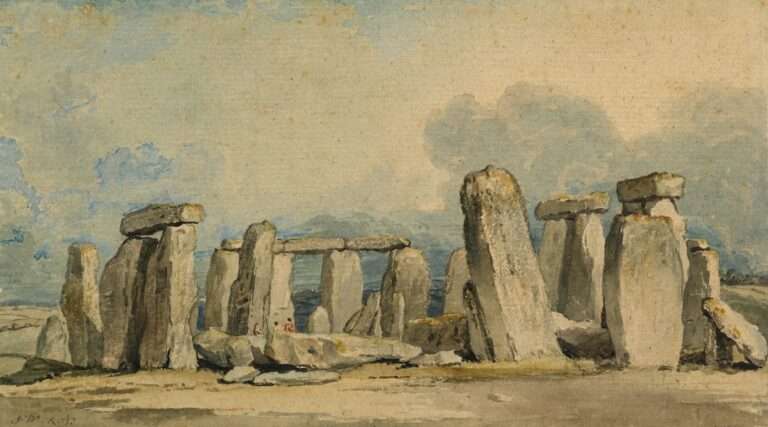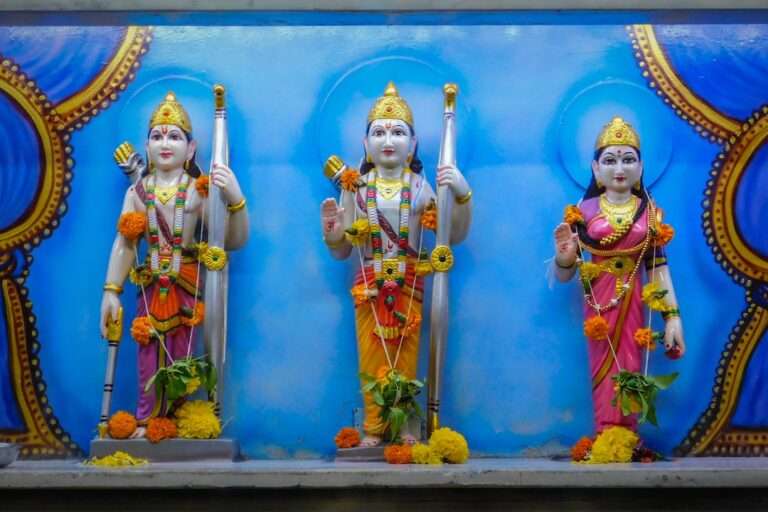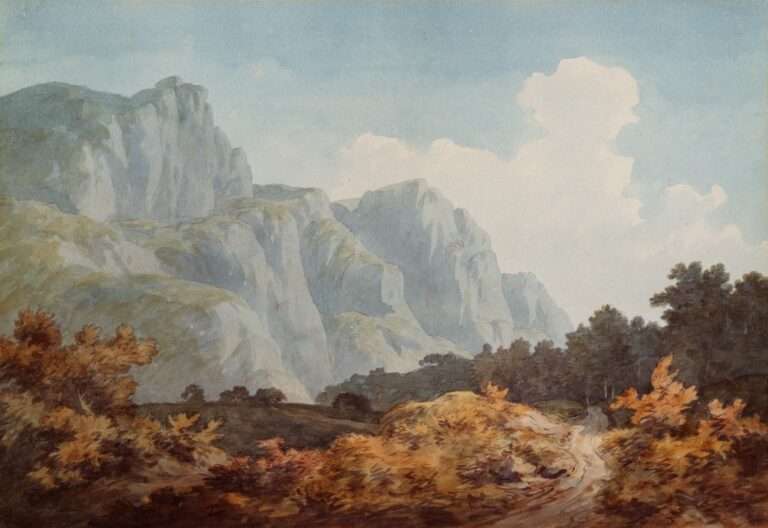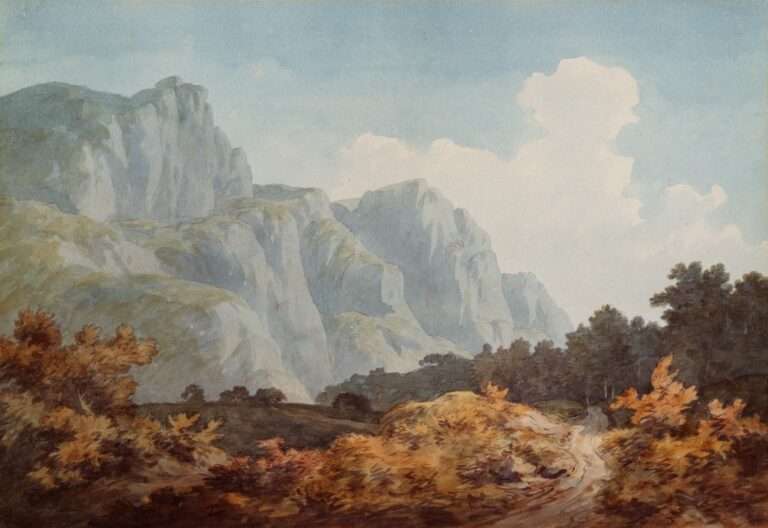Exploring the Religious Art Symbolism

Religious art has been a significant form of expression throughout history, serving as a visual representation of religious beliefs and practices. It is a powerful medium that conveys deep spiritual meanings and messages to its viewers. Understanding the symbolism in religious art is crucial for appreciating and interpreting these works of art. By delving into the hidden meanings behind religious symbols, we can gain a deeper understanding of the religious traditions and cultures they represent.
Understanding the Significance of Religious Symbols in Art
Religious symbols play a vital role in conveying meaning in art. They serve as visual representations of abstract concepts and beliefs, making them accessible to a wider audience. These symbols often carry deep spiritual significance and can evoke strong emotions and feelings in viewers. For example, the cross is a universal symbol of Christianity, representing the crucifixion and resurrection of Jesus Christ. Its presence in religious art serves as a reminder of the sacrifice made by Jesus for humanity’s salvation.
Religious symbols can be found in various forms of art, including paintings, sculptures, stained glass windows, and mosaics. These symbols are carefully chosen and incorporated into the artwork to enhance its message and create a deeper connection with the viewer. For example, in Christian art, the dove is often used to represent the Holy Spirit, while the lamb symbolizes Jesus as the sacrificial lamb. By understanding these symbols, viewers can engage more deeply with the artwork and appreciate its spiritual significance.
The Role of Religious Art in Spiritual Practices and Worship
Religious art plays a significant role in spiritual practices and worship across different religions. It serves as a visual aid that helps believers connect with their faith and deepen their spiritual experience. In churches, temples, and other places of worship, religious art is often displayed to create an atmosphere conducive to prayer and meditation.
In Christianity, religious art is used to depict scenes from the Bible, such as the birth of Jesus, the Last Supper, and the crucifixion. These artworks serve as a visual representation of the stories and teachings found in the Bible, allowing believers to reflect on their faith and connect with the divine. Similarly, in Hinduism, religious art often depicts gods and goddesses, allowing devotees to visualize and connect with their deities during worship.
Common Religious Symbols in Art: Crosses, Stars, and More
There are several common religious symbols that are frequently used in art across different religions. One of the most widely recognized symbols is the cross, which is associated with Christianity. The cross represents the crucifixion and resurrection of Jesus Christ and is a powerful symbol of faith and salvation. It can be found in various forms of Christian art, from paintings to jewelry.
Another common religious symbol is the star, which holds significance in multiple religions. In Christianity, the star is associated with the birth of Jesus and is often depicted in nativity scenes. In Judaism, the Star of David is a symbol of Jewish identity and is often used in synagogues and Jewish artwork. The star also holds significance in Islam, where it represents divine guidance.
Other common religious symbols include the lotus flower in Buddhism, which symbolizes purity and enlightenment, and the crescent moon in Islam, which represents the lunar calendar and is associated with Islamic traditions.
Exploring the Hidden Meanings in Christian Art: Iconography and Beyond
Christian art is rich in symbolism and often contains hidden meanings that require interpretation. This practice of using symbols to convey deeper meanings is known as iconography. Iconography in Christian art can be seen in various forms, such as the use of specific colors, gestures, or objects.
For example, in Christian art, a halo around a figure’s head represents holiness or divinity. The color red is often used to symbolize martyrdom or sacrifice, while blue represents purity and the divine. The gesture of raising one hand in blessing is commonly associated with Jesus or saints.
Beyond iconography, Christian art also incorporates narrative elements to tell stories from the Bible. These narratives are often depicted through a series of scenes, known as a narrative cycle. For example, the life of Jesus is often depicted in a series of paintings or stained glass windows, allowing viewers to follow the story from his birth to his resurrection.
The Use of Color in Religious Art: Symbolism and Spiritual Significance
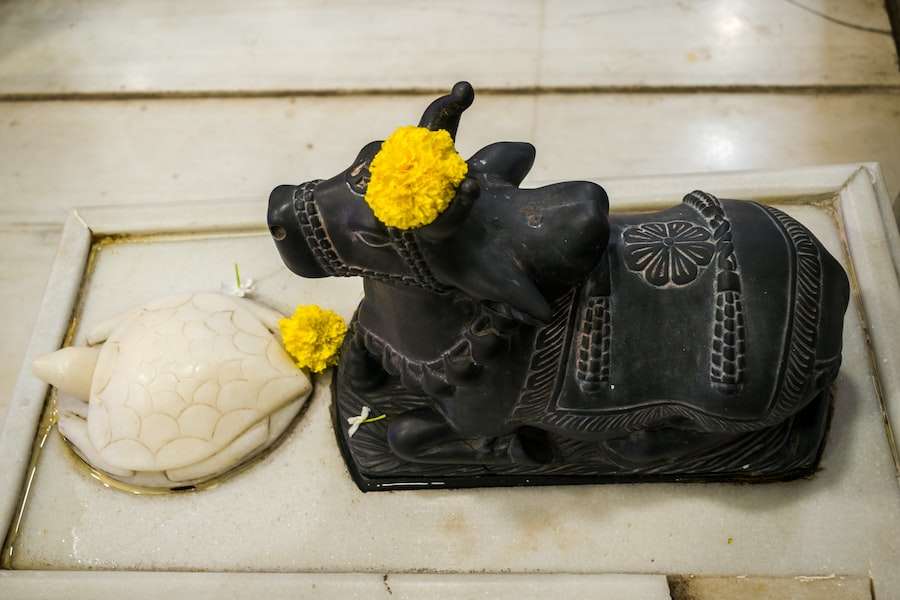
Color plays a significant role in religious art, as it can convey emotions, moods, and spiritual meanings. Different colors are often associated with specific religious symbols and concepts. For example, in Christianity, the color white is associated with purity and divinity, while red represents sacrifice and martyrdom.
In Hinduism, colors hold great significance and are often used to represent different gods and goddesses. For example, the color blue is associated with Lord Krishna, while red is associated with Goddess Durga. The use of these colors in religious art helps to visually represent these deities and their attributes.
Color symbolism can also be found in other religions. In Buddhism, the color yellow is associated with enlightenment and wisdom, while in Islam, green is considered a sacred color and represents paradise.
The Depiction of Saints and Holy Figures in Religious Art
Religious art often depicts saints and holy figures as a way to honor and venerate them. These depictions serve as visual reminders of their virtuous lives and their connection to the divine. Saints are often portrayed with specific attributes or symbols that represent their unique qualities or the miracles they performed.
For example, Saint Peter is often depicted holding keys, symbolizing his role as the gatekeeper of heaven. Saint Francis of Assisi is often shown surrounded by animals, representing his love for nature and his connection to all living beings.
In addition to saints, religious art also depicts holy figures such as Jesus, Mary, and various gods and goddesses. These depictions help believers connect with these figures on a deeper level and serve as a focal point for prayer and meditation.
The Importance of Context in Interpreting Religious Art
Context plays a crucial role in interpreting religious art. The historical, cultural, and religious context in which a work of art was created can greatly influence its meaning and symbolism. Without understanding the context, it can be challenging to fully grasp the intended message of the artwork.
For example, a painting depicting the Last Supper may have different interpretations depending on the artist’s cultural background and religious beliefs. In Western Christian art, the Last Supper is often depicted with Jesus and his disciples seated at a long table. However, in Eastern Christian art, the Last Supper is often depicted with Jesus and his disciples reclining on cushions.
Similarly, understanding the historical context of religious art can provide valuable insights into its meaning. For example, during the Renaissance period, religious art often depicted biblical scenes with a focus on humanism and naturalism. This shift in artistic style reflected the cultural and intellectual changes taking place during that time.
The Evolution of Religious Art Symbolism: From Ancient Times to Modern Art
Religious art symbolism has evolved over time, reflecting changes in religious beliefs, artistic styles, and cultural influences. In ancient times, religious art often depicted gods and goddesses in human or animal form. These artworks served as a way to honor and worship these deities.
During the medieval period, religious art became more focused on Christian themes and narratives. Iconography played a significant role during this time, with specific symbols and gestures used to convey deeper meanings. The use of gold leaf and vibrant colors was also common during this period to create a sense of divine radiance.
In the Renaissance period, religious art underwent a significant transformation. Artists began to incorporate more naturalistic and humanistic elements into their works. The use of perspective, light, and shadow became more prominent, creating a sense of depth and realism. This period also saw the rise of secular art, with religious themes becoming less dominant.
In modern art, religious symbolism has taken on new forms and interpretations. Artists have explored new ways of expressing spirituality and religious themes through abstract and conceptual art. The use of religious symbols in modern art often challenges traditional interpretations and invites viewers to question their own beliefs and perceptions.
The Relevance of Religious Art in Contemporary Society: A Reflection
Despite the secularization of society, religious art continues to hold relevance in contemporary society. It serves as a visual reminder of our shared human experiences, beliefs, and values. Religious art can evoke a sense of awe, wonder, and contemplation, inviting viewers to reflect on their own spirituality and beliefs.
Contemporary religious art often explores themes of social justice, environmentalism, and inclusivity. Artists use religious symbols to address current issues and challenge societal norms. For example, some artists use religious imagery to advocate for the rights of marginalized communities or to raise awareness about environmental degradation.
In conclusion, understanding the symbolism in religious art is essential for appreciating its beauty and significance. Religious symbols convey deep spiritual meanings and serve as visual representations of abstract concepts and beliefs. By exploring the hidden meanings behind these symbols, we can gain a deeper understanding of the religious traditions and cultures they represent. Religious art continues to hold relevance in contemporary society, serving as a visual reminder of our shared human experiences and beliefs.
If you’re interested in exploring the symbolism behind religious art, you may also find the article on the symbolism of the star fascinating. This article delves into the various meanings associated with stars in different cultures and religions, including their representation of guidance, divinity, and cosmic order. To learn more about this intriguing topic, check out the Symbolism of the Star article on SymbolismHub.com.
FAQs
What is religious art symbolism?
Religious art symbolism refers to the use of visual elements and motifs in religious art to convey spiritual or religious ideas and concepts.
What are some common symbols used in religious art?
Some common symbols used in religious art include the cross, the dove, the fish, the lamb, the halo, the crown of thorns, and the sacred heart.
What is the significance of the cross in religious art?
The cross is a symbol of Christianity and represents the crucifixion of Jesus Christ. It is often used in religious art to convey the sacrifice and redemption of Christ.
What does the dove symbolize in religious art?
The dove is a symbol of peace, purity, and the Holy Spirit in religious art. It is often used to represent the presence of God or the divine.
What is the meaning of the fish symbol in religious art?
The fish is a symbol of Christianity and represents the miracle of the loaves and fishes, as well as the call of the disciples to become “fishers of men.”
What is the significance of the halo in religious art?
The halo is a symbol of holiness and divine presence in religious art. It is often used to depict saints, angels, and other holy figures.
What does the sacred heart symbolize in religious art?
The sacred heart is a symbol of the love and compassion of Jesus Christ in religious art. It is often depicted as a heart with flames or a crown of thorns, representing the sacrifice and suffering of Christ.
